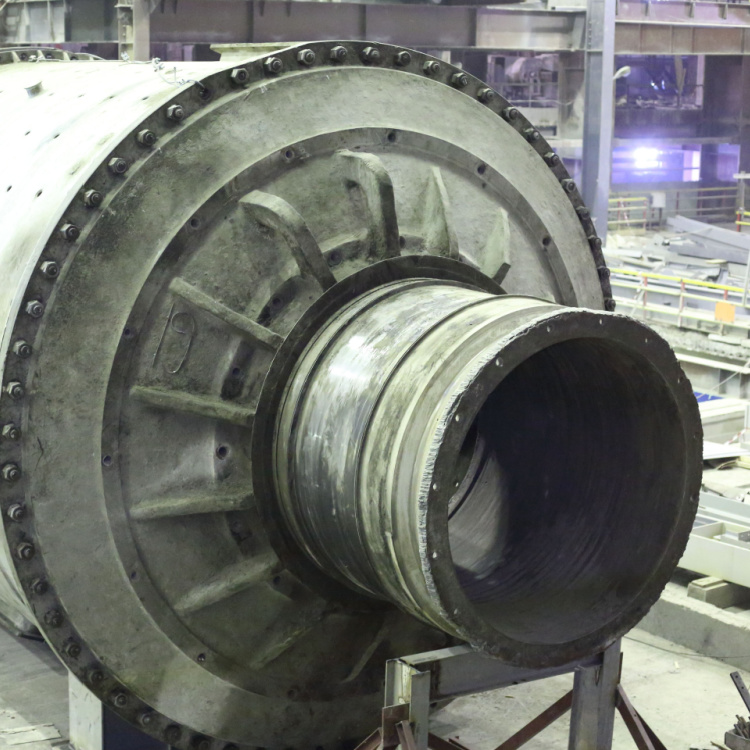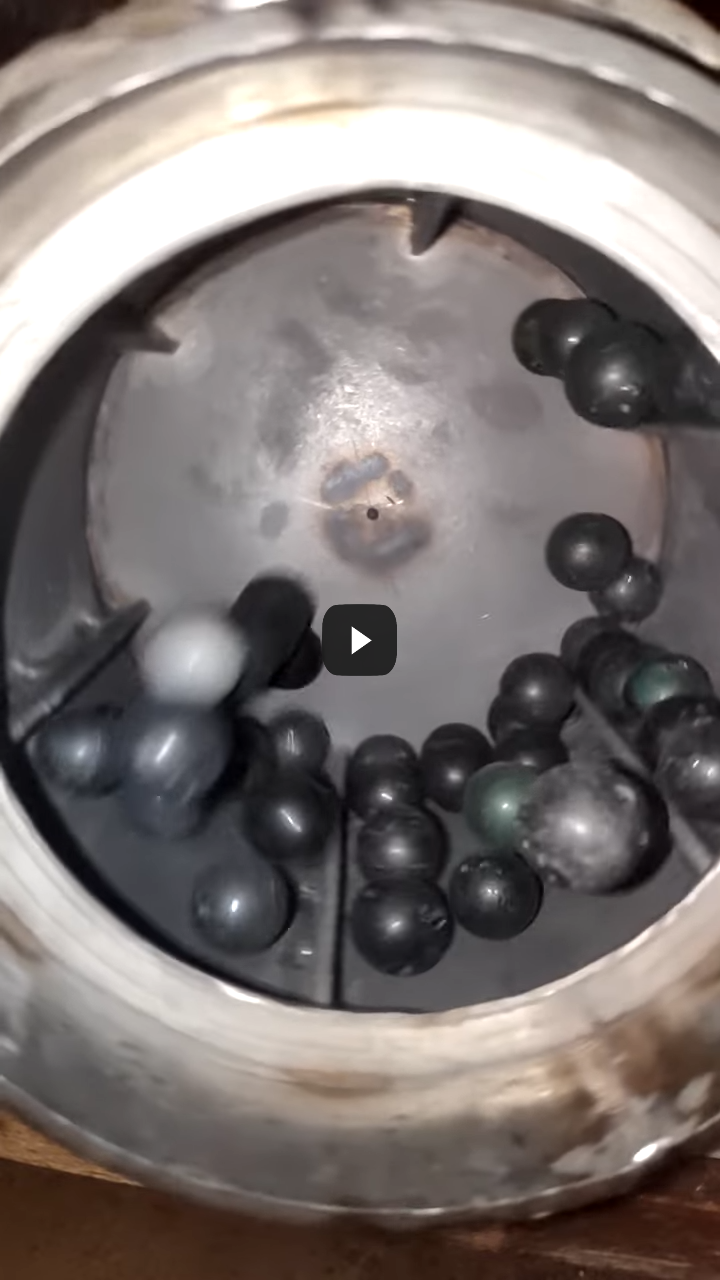Ball Milling: An Old Technique That Gives Great New Results

An exciting discovery in the battery space has been made by scientists from the University of Birmingham, and it involves a hundred-year-old practice called ball milling.
Technology surprises us when we find new reasons to return to old methods. Such is the case with a hundred-year-old technique called ball milling.
Ball milling is a mechanical mixing and grinding process where high energy and pressure are used to grind particles into fine powders. The process consists of a chamber generating high pressure, causing the collision of tiny rigid balls. Commonly used are stainless steel balls or flint pebbles, but other chemical compounds can also be added or used, depending on the desired result.
Two main factors are vital in the process: the force applied by the balls, and the collision taking place during the milling.
A ball mill is traditionally used in manufacturing industries and production lines to make fine powders such as cement, silicates, and fertilizers. Apart from this, ball milling can create new materials via mechanochemical synthesis.
Other industries such as the food industry use ball milling as well, and it has recently made waves in the world of engineering, for an amazing new application.
Imagine a very old, very analog technique ushering in a new generation of batteries!
In September 2023, researchers from the University of Birmingham discovered that ball milling could be applied to EMS manufacturing, and more specifically, in the Lithium-ion battery space.
In a news item from Electronics Weekly, researchers explained the relevance of their discovery.
Like in most notable scientific discoveries, serendipity played a big role. Professor Peter Slater, a chemist from the University of Birmingham said that this discovery “was almost an accident.”
(Also read: Have You Heard of Wooden Batteries?)
Slater and his team ball-milled lithium molybdate (Li2MoO4), a chemical compound commonly used as an electric inhibitor. The team discovered that by doing so for only a few minutes, there was a phase transformation to a high-pressure spinel polymorph, which according to Science Daily, was only previously achieved by placing the material in a high-temperature, high-pressure chamber under a pressure of more than 10,000 times the pressure of Earth’s atmosphere.
The new material created through their ball-milling process yielded high-capacity electrode materials, which made for better, more efficient batteries.
Dr. Elizabeth Driscoll, co-author of the study said, “This discovery provides the opportunity to develop cheaper, more energy-efficient processes for battery manufacturers, and also to explore avenues for new materials.”
Their study was able to show that they could achieve the same transformations usually requiring expensive and energy-intensive equipment.
The study provides evidence for pressure effects in the synthesis of battery materials and proves that synthesis may be achieved not only through local heating during the milling process, which has been the assumption before this research. The authors say that their work can be used as the basis for further research and study for synthesizing phases through milling, as well as other routes.
Delving further into their study, the scientists also discovered similar results when they ball-milled disordered rocksalt phases, which is a structure being proposed for better efficiency of electrode materials. Certainly huge and very exciting for researchers in the manufacturing, EMS, and automotive industries.
Dr. Driscoll also expounded on the relevance of this study to achieving net neutrality by saying, “As we move towards an increasingly electric future in order to limit pollution and reach net zero, it is vital that we continue to expand our knowledge and understanding of battery technology, so we can create the most efficient batteries possible. Our findings open the door to a world of new possibilities and discoveries and will hopefully play a part in a greener future for us all."
The researchers say that the broader context of this study extends to the larger scientific community because of the growing interest in mechanochemical synthesis as an alternative method in other areas such as inorganic materials and organic compounds.
The full study is available online for free here.

As one of the Top 20 EMS companies in the world, IMI has over 40 years of experience in providing electronics manufacturing and technology solutions.
We are ready to support your business on a global scale.
Our proven technical expertise, worldwide reach, and vast experience in high-growth and emerging markets make us the ideal global manufacturing solutions partner.
Let's work together to build our future today.
Other Blog



